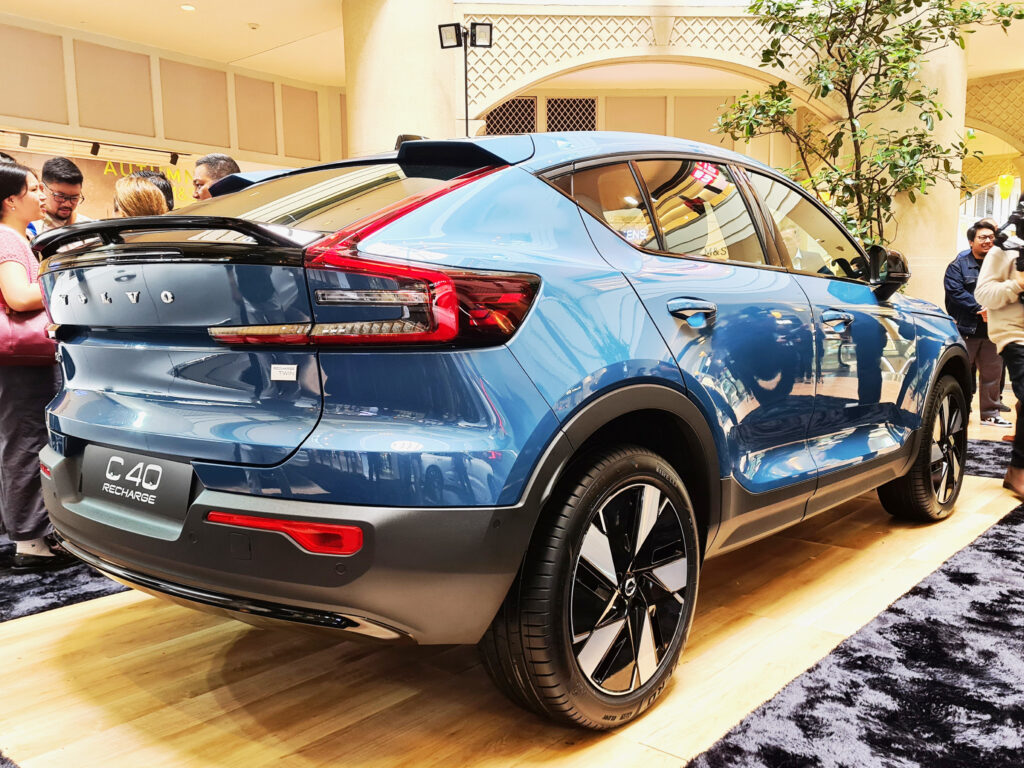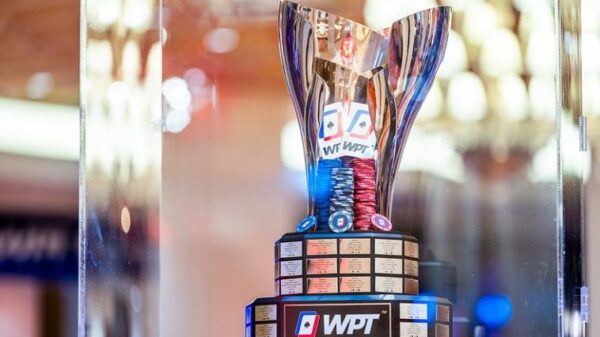Volvo Cars, a brand synonymous with safety and quality, is shifting its legacy toward a simpler, more sustainable future. The Swedish automaker has been a pioneer in automotive safety for decades, and now it aims to lead the charge in the electric vehicle revolution.
The company’s ambitious electrification strategy was first announced in 2017 at the United Nations assembly, marking a watershed moment in the industry.
Volvo was the first established carmaker to commit to all-out electrification, a strategy that has since been recognized by the UN. Today, every car in Volvo’s range has an electrified version, and the company plans to become fully electric by 2030.
Volvo’s journey toward electrification isn’t a recent endeavor; it has roots that go back decades.
In the 1970s, Volvo introduced its first electric cars, partially financed by Televerket, the Swedish telecommunications company.
These early electric vehicles were designed for short distances and specific tasks like mail delivery.
Despite their utility, they were not taken seriously at the time, as combustion engines were becoming increasingly efficient. Fast forward to the 1990s, and Volvo was already experimenting with hybrid technology.
The prototype car HEV 98 was a charging hybrid that worked much like modern hybrids do today. However, it was deemed too early for its time, and Volvo decided not to invest further in electric and hybrid cars at that point.
Now, Volvo is ready to make a significant impact on the electric vehicle market in the Philippines with the launch of its new fully electric models — the Volvo C40 and XC40 Recharge.

Photograph by Ian Magbanua for the Daily Tribune
THE P4.19 million C40 Recharge is powered by the same dual-motor 408 horsepower unit as its XC twin, but comes with a distinct swept back, coupe styling.
“Our pure electric Volvo C40 and XC40 Recharge are siblings that carry the trademark Volvo DNA of safety, quality, and sustainability,” said Volvo PH president and CEO, Atty. Alberto B. Arcilla. “One thing for sure is that both Volvos are designed to provide our customers with the freedom to move in a personal, sustainable, and safe way.”
Built on Volvo’s advanced Compact Modular Architecture, both models feature an All-Wheel Drive twin-motor powertrain that delivers 408 electric horsepower and 660 Nm of torque.
The C40 accelerates from 0 to 100 kilometers per hour in 4.7 seconds, while the XC40 does it in 4.9 seconds. Both vehicles offer impressive ranges — the C40 has a range of 549 km, and the XC40 offers 537 km. They also support DC fast charging, going from 10 percent to 80 percent in just 27 minutes.
Design-wise, the C40 and XC40 Recharge are a treat for the eyes. The C40 features a sleek, coupe-like roofline, differentiating it from its XC sibling. Both models feature state-of-the-art pixel technology in their headlights and a new front design that symbolizes Volvo’s electrification journey.
Inside, customers will find premium leather-free upholstery, a panoramic sunroof, and an advanced air purifier system that prevents up to 80 percent of hazardous PM 2.5 particles from entering the cabin.
Both models come equipped with one of the best infotainment systems on the market, developed in collaboration with Google and based on the Android operating system. They also feature a 13-speaker Harman Kardon system with a total power output of 600 Watts.
In terms of pricing, the XC40 Recharge comes at a special introductory price of P3,990,000, while the C40 Recharge is priced at P4,190,000.
The Volvo Ownership Package includes an 8-year battery warranty, 5-year roadside assistance, a three-year comprehensive car warranty, one wall box charger, and unlimited digital update service.

















